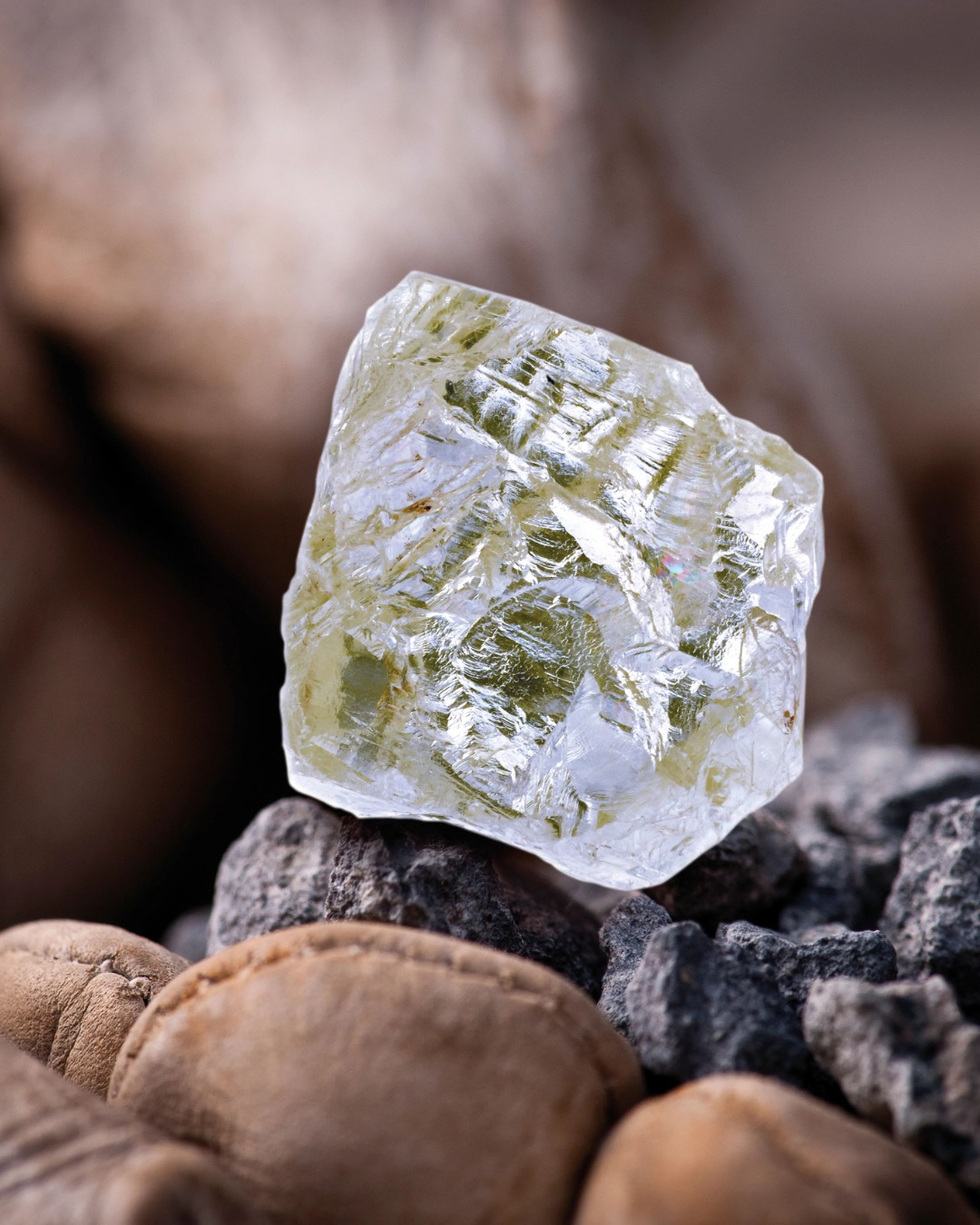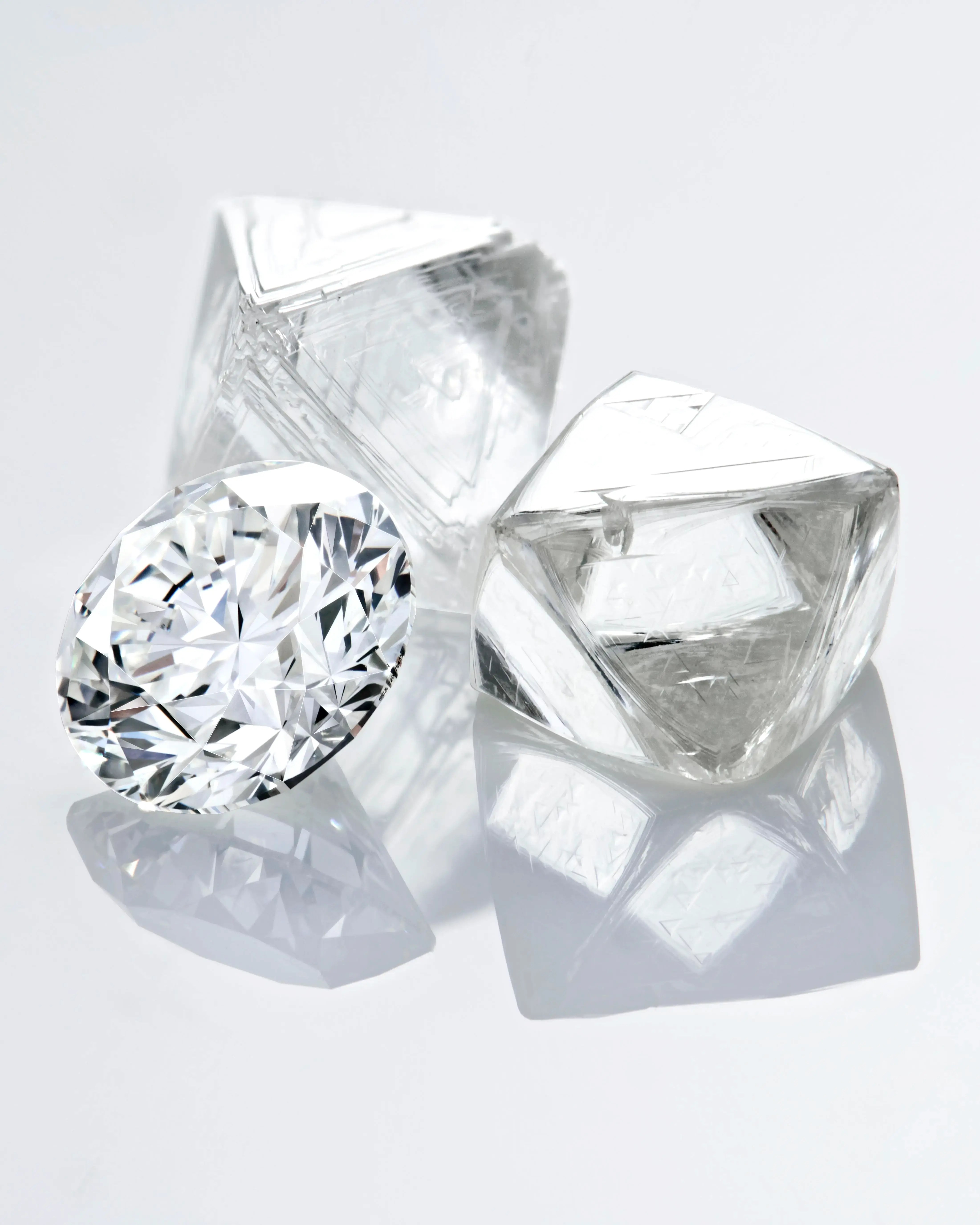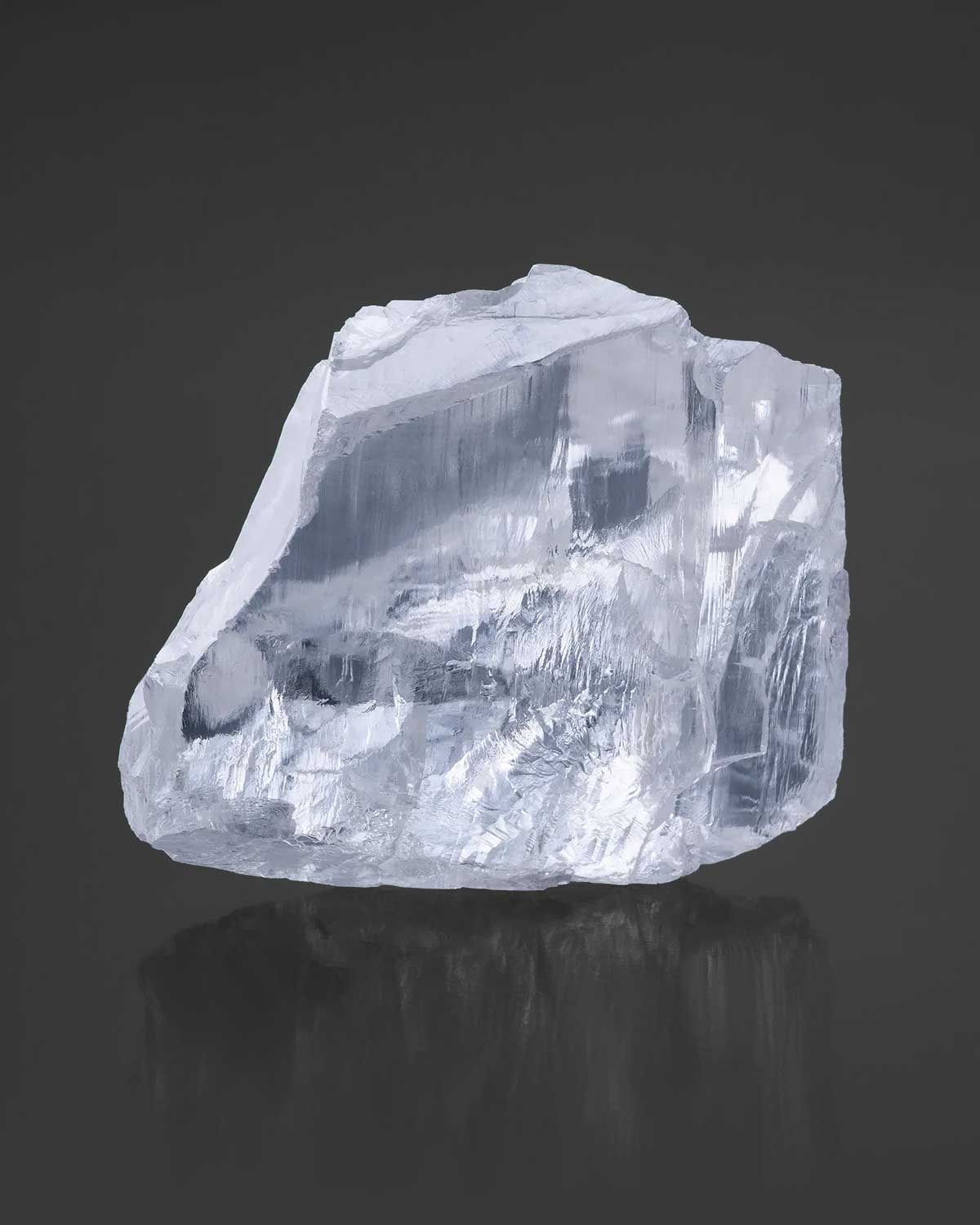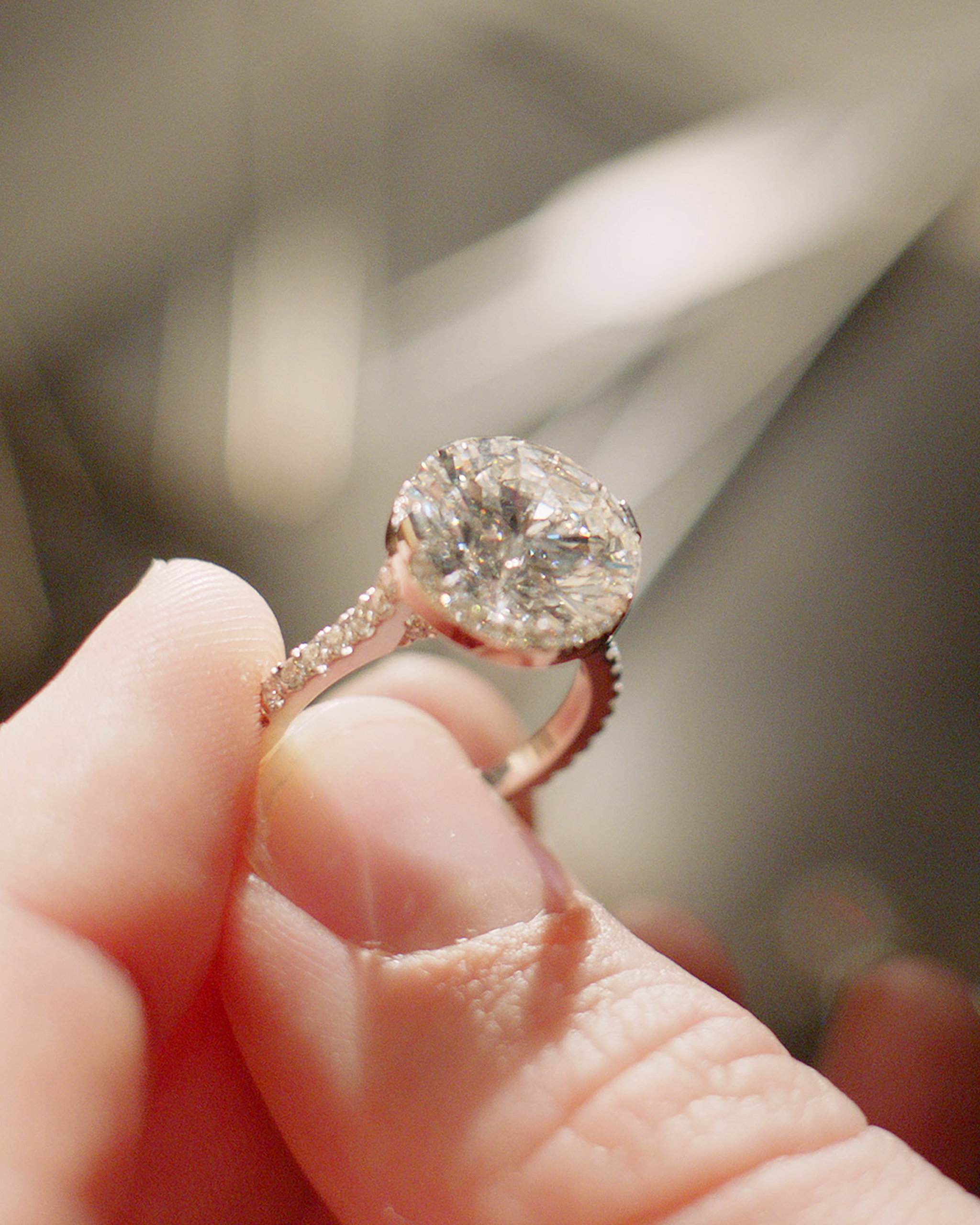
Real
Natural diamonds are finite geological marvels formed billions of years ago.
They are as real as the essence of time and creation, having predated all life on Earth.
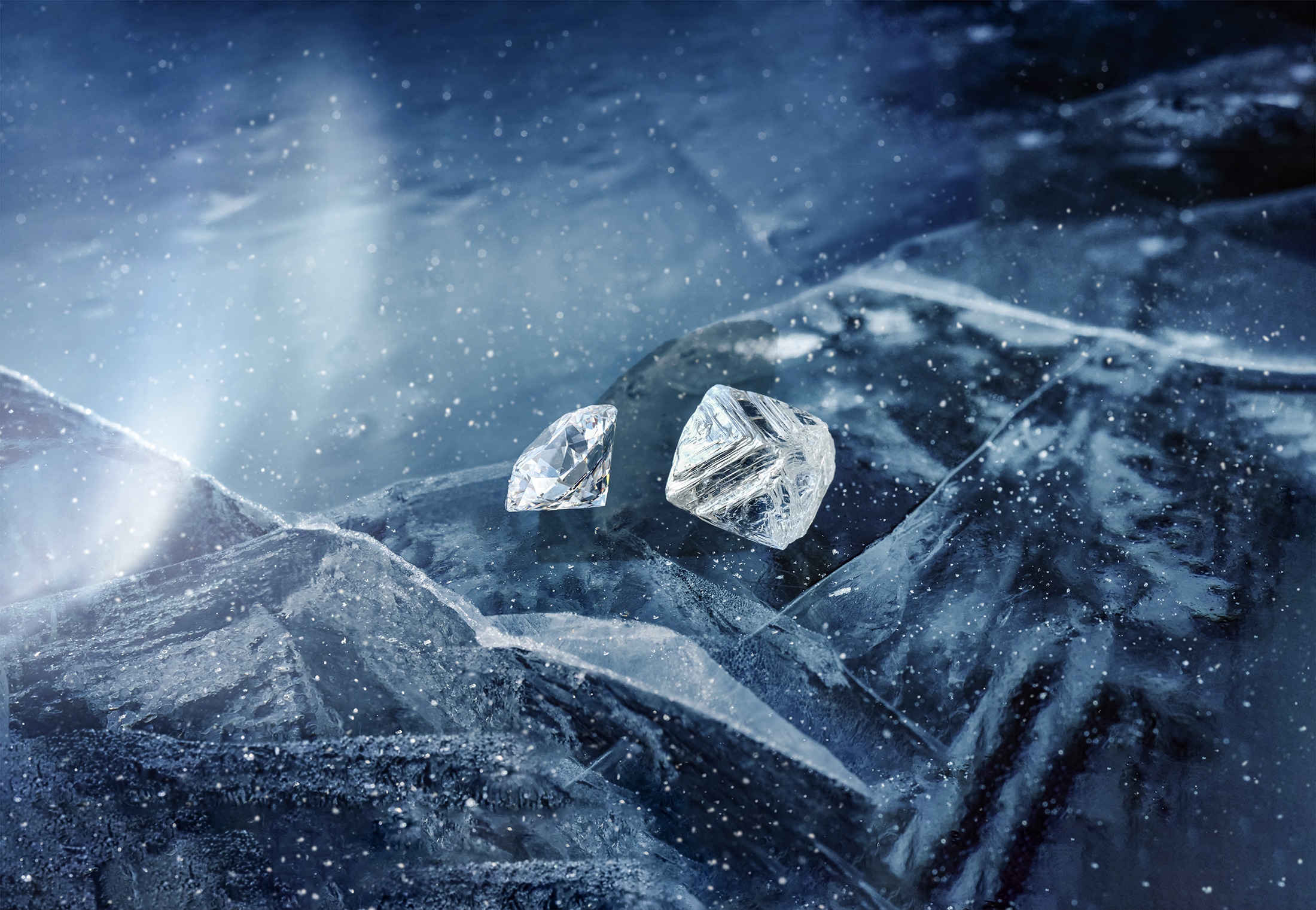
Natural diamonds are inherently real, embodying the essence of existence, having predated all life on Earth. They possess a rare and unparalleled authenticity and are finite geological marvels as real as time and creation itself. Billions of years ago, through extreme heat and pressure deep within the Earth’s core, carbon was shaped into brilliant gems we call diamonds. Projected towards Earth’s surface through prehistoric volcanic activity, these natural phenomena are the most ancient and precious treasures you’ll ever touch, let alone own.
The scarcity of their creation adds to their mystique, as the entire global yield of diamonds weighing 1 carat and above would only fill an exercise ball. This limited quantity underscores their finite nature, making each natural diamond a truly exceptional and treasured product of the Earth. The remarkable journey of these gems from the Earth’s depths to our hands is a story of exceptional fortune and underscores these timeless gems’ extraordinary nature.

these natural phenomena are the most ancient and precious treasures you’ll ever touch, let alone own
The first official discovery of diamonds, and who uncovered them is still unknown. The first diamond itself could be on your finger right now! However, we know that humans first discovered natural diamonds in caves in India nearly 4,000 years ago. Still, billions of years had passed from when they were formed to this pivotal moment of discovery. Most diamonds made their way toward the Earth’s surface via ancient volcanoes. As the volcanoes blasted toward the surface, diamonds in their path were trapped in the magma and transported to the surface.
Natural diamonds have always fascinated mankind and have been a symbol of love and strength. The word ‘diamond’ comes from the Greeks, who named the stone ‘adamas,’ meaning unbreakable or unalterable—just like love—and believed diamonds were splinters from stars that fell from the sky.
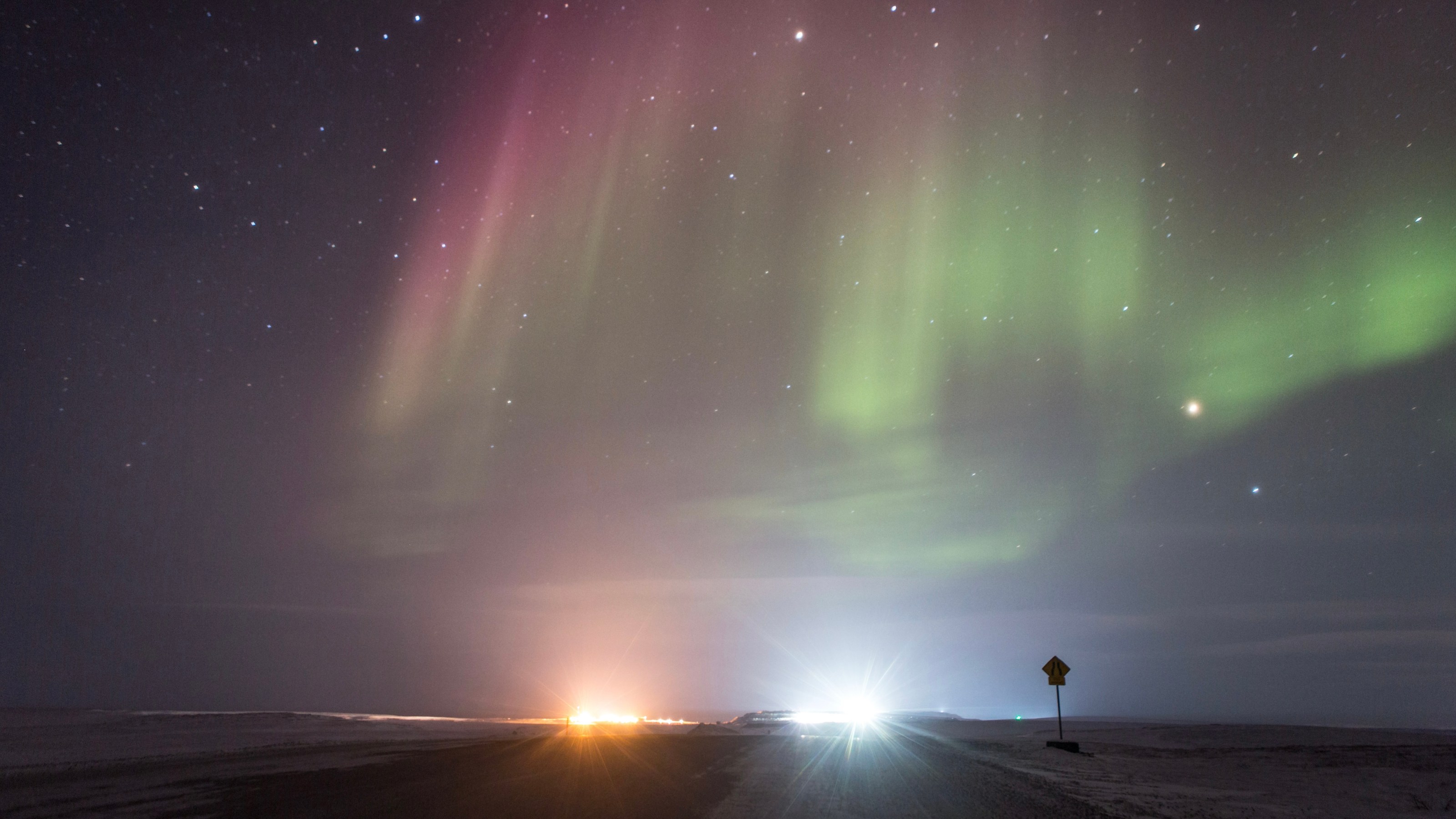
The Romans believed Cupid’s arrows were tipped in diamonds, making anyone on the receiving end of the arrow instantly fall in love. In fact, Pliny the Elder, a first century A.D. Roman naturalist, said, “The diamond has a greater value than any other human possession.”
Ancient Egyptians believed diamonds represented the sun and signified power and courage. In India, they were considered divine objects and worn as talismans to ward off evil spirits. Other cultures thought that the stone’s brilliance meant that a diamond could illuminate the mind and provide clarity. This idea that natural diamonds, sourced from the Earth carry a power and energy still holds today. You can feel it when you hold the stone and wearing a diamond, as an engagement ring, necklace, bracelet, or earring, brings on a confident aura and a certain poise only possible with natural diamonds.
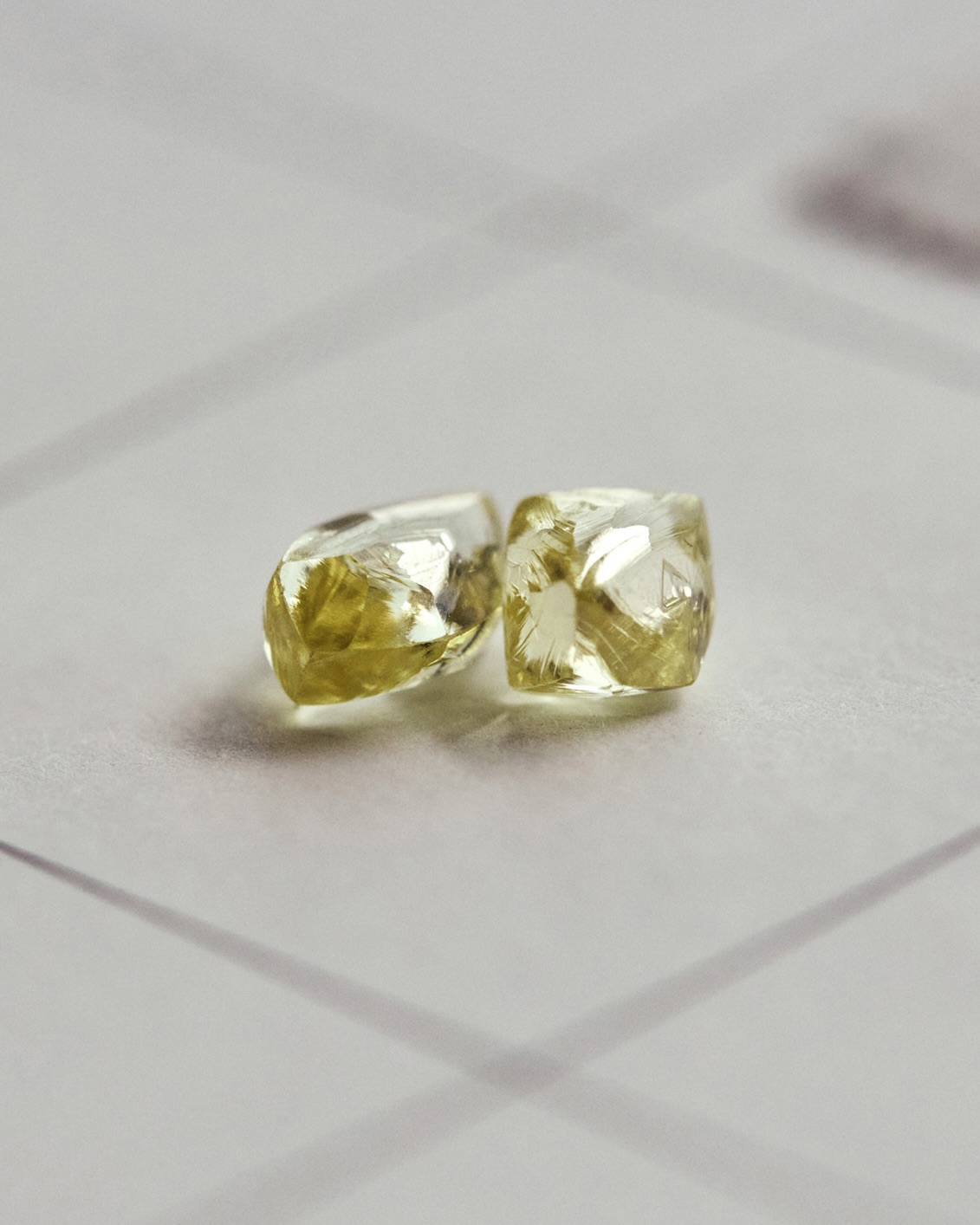
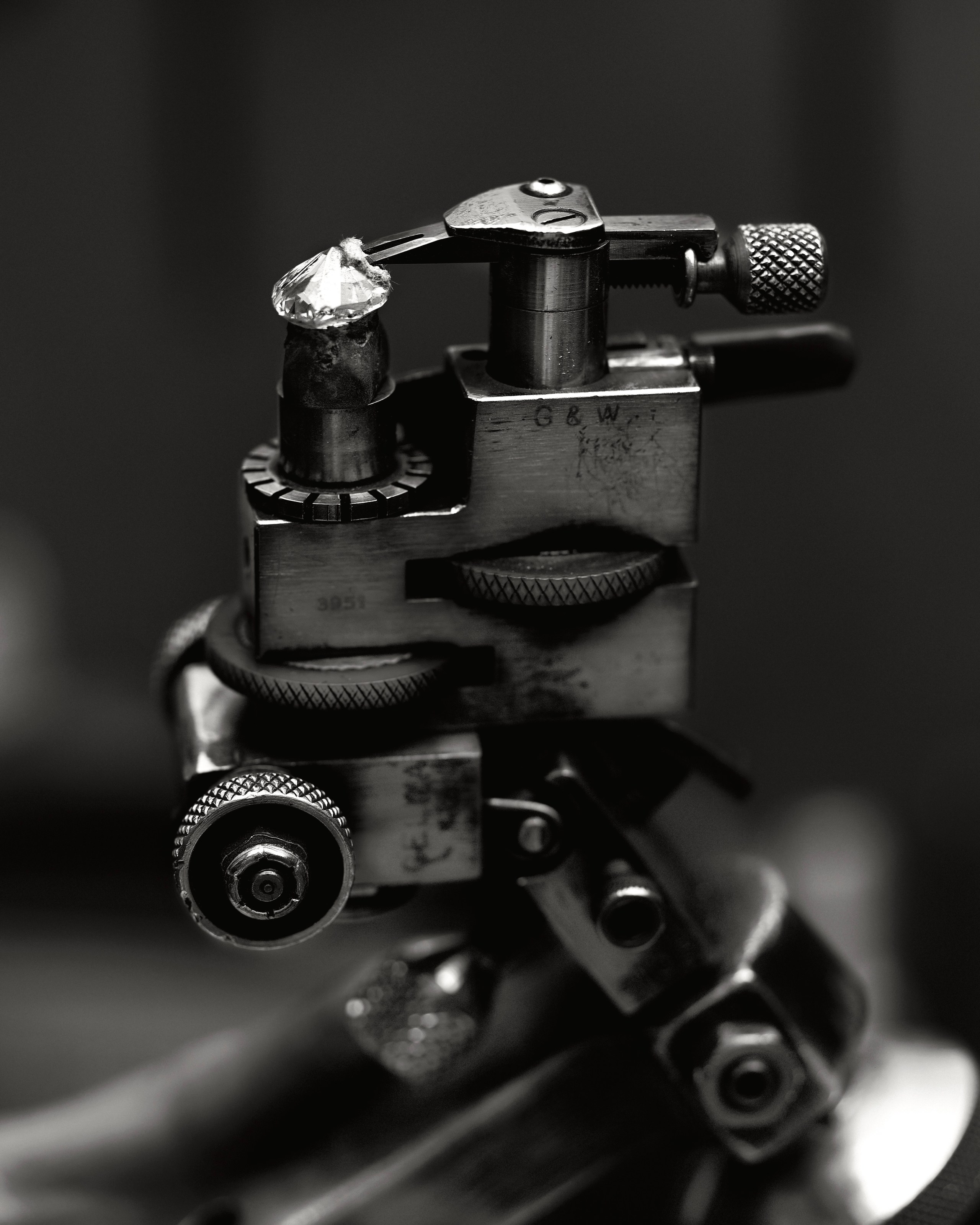
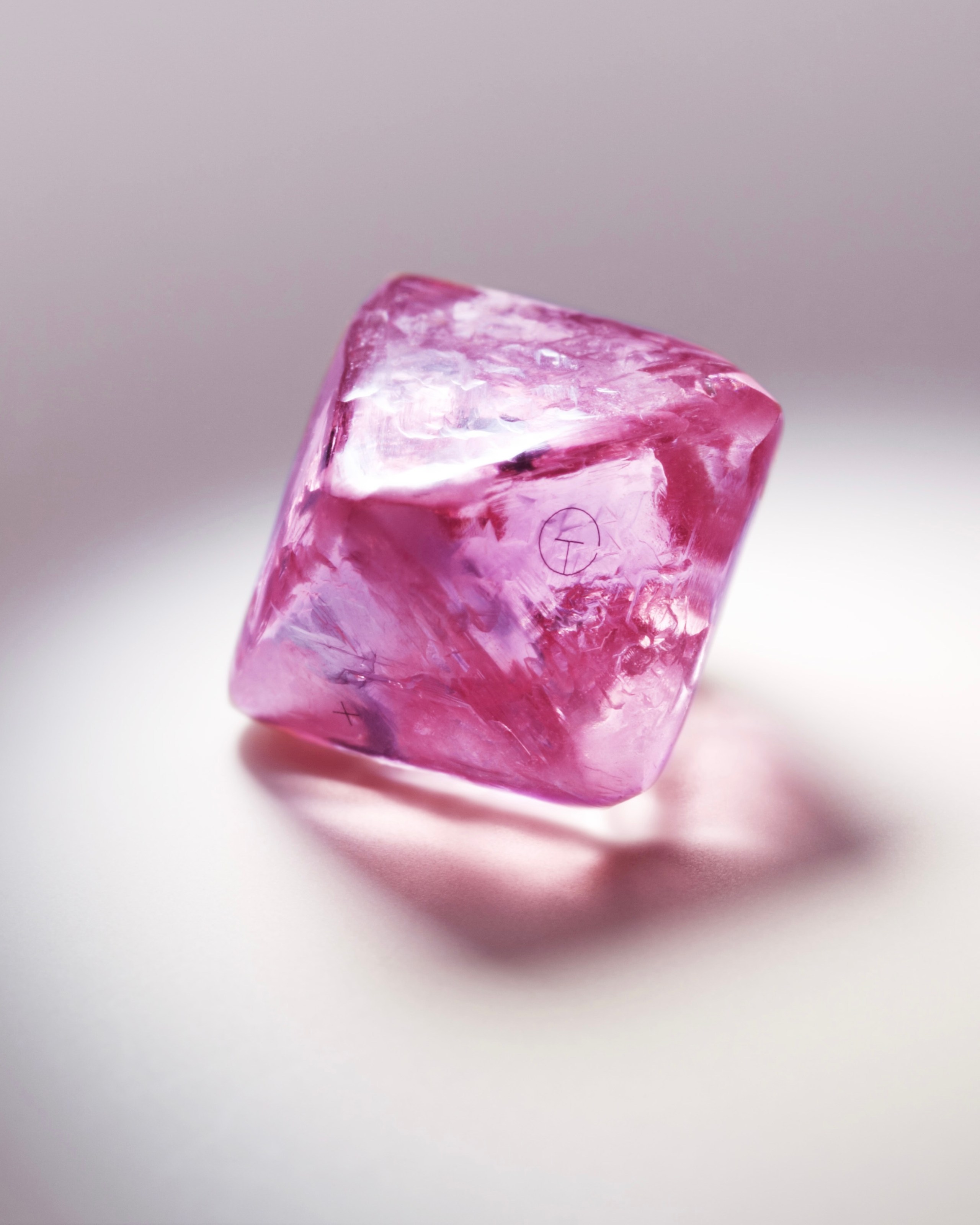

The diamond has a greater value than any other human possession.
The first known engagement ring on record is from 1477, when famous European royal Archduke Maximilian of Austria, proposed to his love, Mary of Burgundy with a natural diamond set on a gold band. Lapidaries at the time did not have the tools to cut a diamond as we know it today, so it was mounted in its natural octahedral form, which looks like two pyramids joined at the base.
The idea of an engagement period before marriage was relatively new, as the Pope of that time had only recently suggested it. Maximilian wanted to symbolize his love and make the engagement known with the gem that had embodied love and endurance since its discovery. This rare gem began to take on a stronger identity that stood for commitment, romance, and everlasting love as the tradition for diamond engagement rings spread like wildfire around the world.
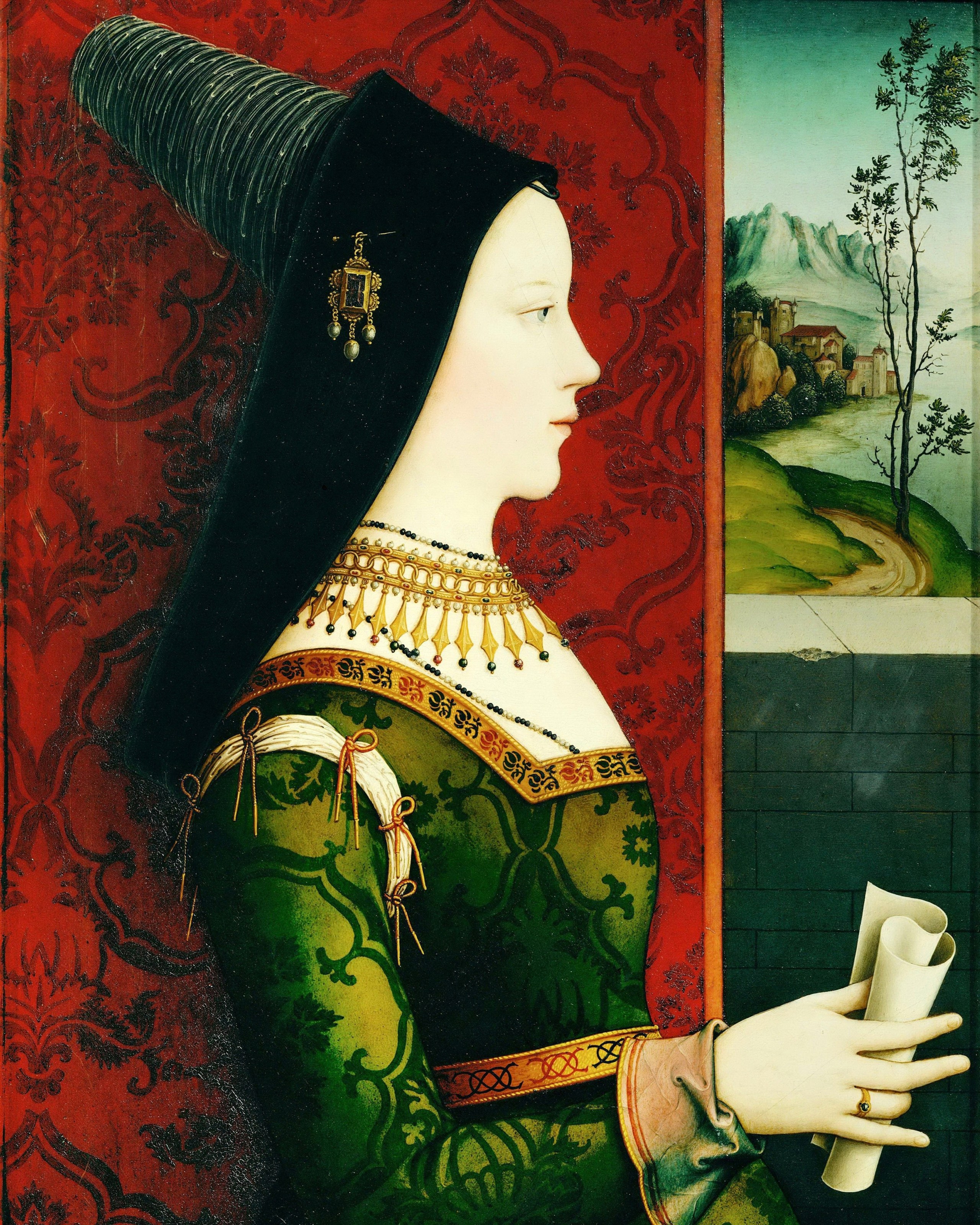
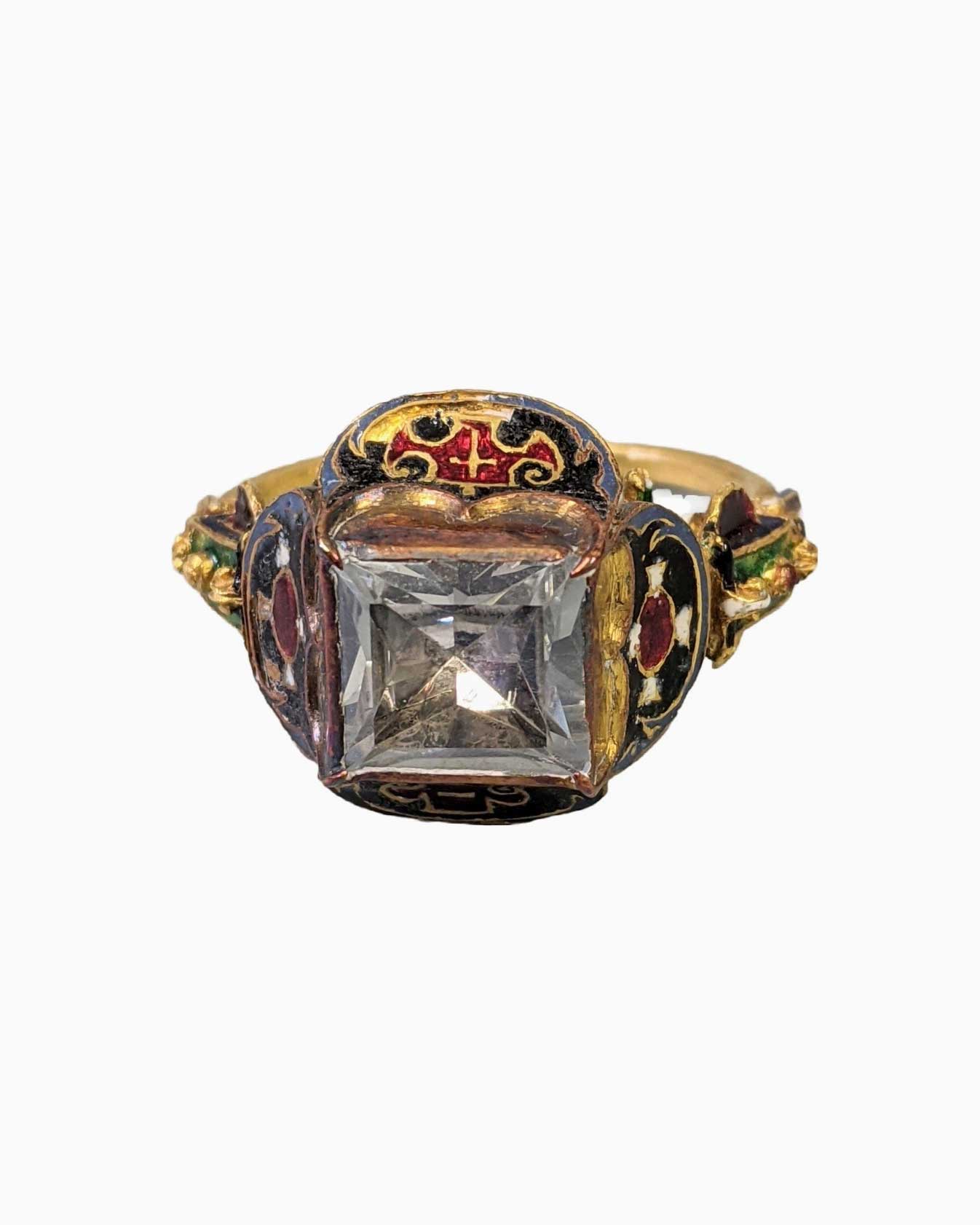
Diamond jewelry reflected the fashions of the times. For example, table and flat cut diamonds were most popular in the Renaissance period and often displayed the same kind of decorative enamel found on all kinds of jewelry during the era. Although certain styles trend through certain eras, it’s also true that even now, vintage jewelry resonates, and natural diamond jewelry is timeless. Vintage diamond jewelry passed down from one generation to the next brings even more meaning to these pieces. Heirlooms remind us of where we’ve come from and serve as a connection to the past.

Heirlooms remind us of where we’ve come from and serve as a connection to the past.
In the 1920s, innovations in diamond cutting brought fancy diamond shapes to the forefront of current trends and fashions. The advancement in lapidary techniques gave square shapes, the rectangular emerald cut, and boat shaped marquise sharper edges. Lapidaries could also cut long slim sleek facets resulting in brighter gems. Art Deco jewelry was seen everywhere and is still fashionable today.
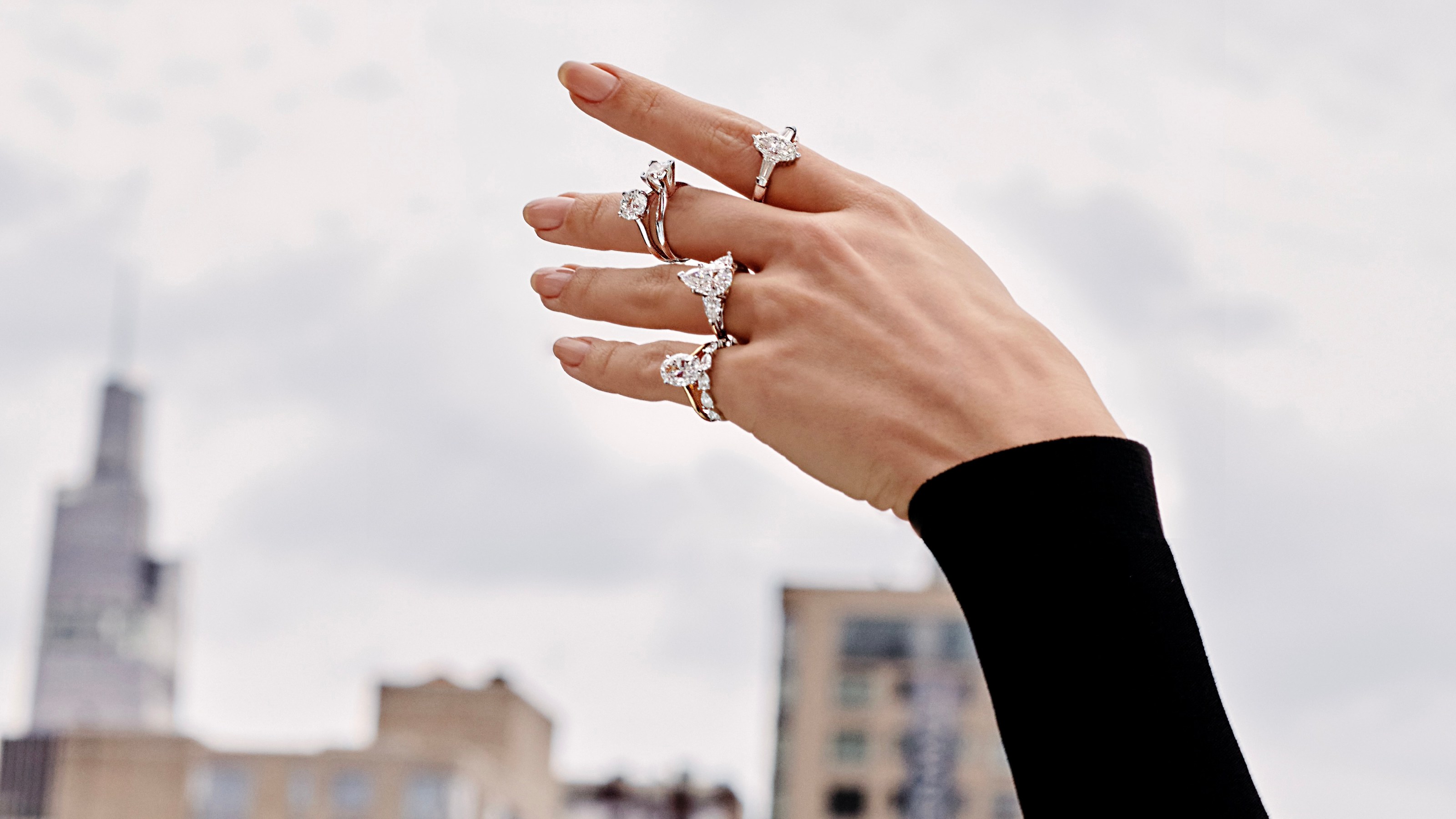

Diamonds have been the ultimate symbol of love, connection, celebration, and permanence for centuries.
Extraordinarily hard to find and expensive to recover, natural diamonds have only been found in remote regions of the world for over a century. Each unique diamond emanates a captivating, authentic, and timeless beauty that transcends generations and trends. The intrinsic value of natural diamonds is unparalleled. It is no wonder that diamonds have been the ultimate symbol of love, connection, celebration, and permanence for centuries.
